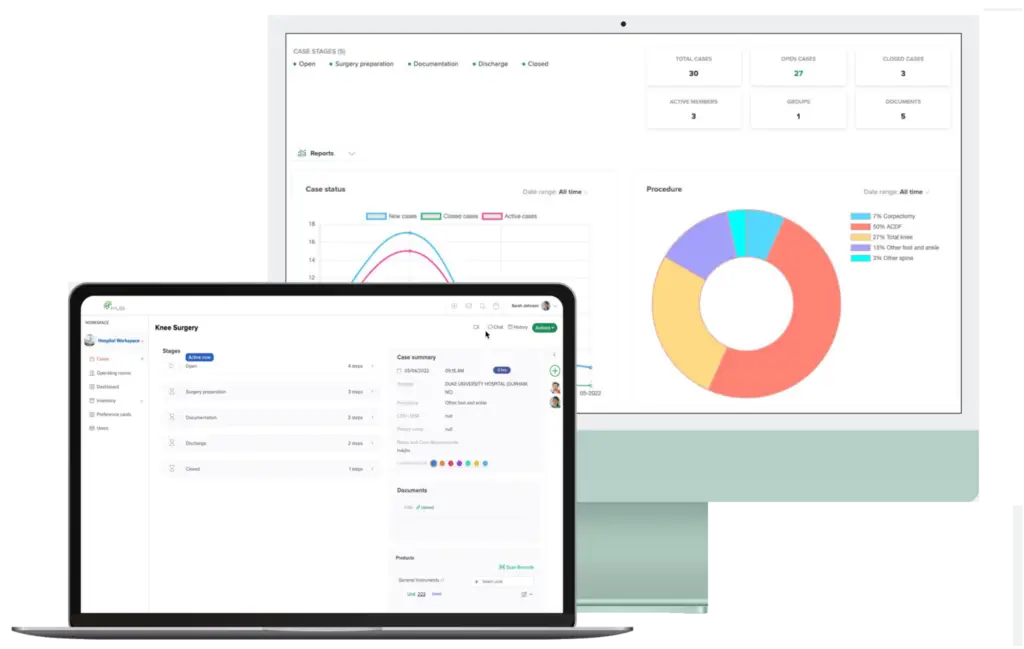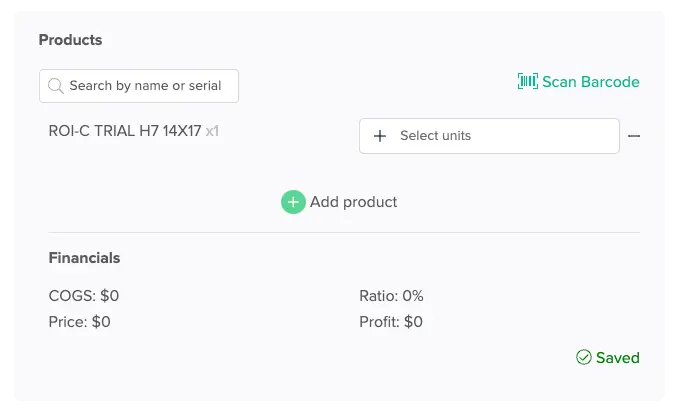fellow healthcare professional! Ever felt like you’re playing a game of hide-and-seek with medical supplies? You know that feeling: “I swear we just ordered those bandages last week!”
Well, let’s be honest, inventory management in healthcare is a whole different ball game. It’s a balancing act between making sure you have enough supplies to care for your patients and avoiding unnecessary waste.
But fear not! This post is your guide to navigating the world of medical inventory. Think of it as a handy checklist to keep your supplies flowing smoothly, so you can focus on what really matters: providing excellent patient care.

1. Start with the Basics: What’s in Your Inventory?
First things first, you need to know what you’re working with. Think of your inventory like a well-stocked pantry – you need to know what’s inside before you can whip up a delicious meal (or, in our case, provide excellent patient care).
Here’s where we get organized:
Table 1: Your Inventory Checklist
| Category | Examples | Importance |
|---|---|---|
| Consumables | Bandages, syringes, gloves, gauze, medications | Used directly in patient care, need regular replenishment |
| Equipment | Medical beds, wheelchairs, IV pumps, stethoscopes | Essential for patient care and treatment, longer lifespan |
| Supplies | Cleaning solutions, surgical drapes, linens, disinfectants | Used for maintaining hygiene and a safe environment for patients and staff |
2. Keeping Track: Inventory Management Systems
So you’ve got a handle on your inventory – but now what? You need a system to keep tabs on it all.
Here’s the deal: Forget the days of scribbling on a notepad. We’re in the digital age! Today, there are a ton of awesome inventory management systems out there, designed specifically for healthcare.
Think of these systems as your personal inventory superheroes. They can help you:
Track your stock levels: No more guessing if you’re running low!
Set alerts for low stock: Get a heads-up before you run out of crucial supplies.
Automate ordering: Bye-bye, manual orders! Let the system do the heavy lifting for you.
Generate reports: Stay on top of your inventory with comprehensive reports, helping you identify trends and optimize ordering.
3. Efficiency is Key: Optimizing Your Inventory
Okay, you’ve got your inventory system up and running. Now let’s talk about making it work like a well-oiled machine. Here are some tips to help you optimize your inventory:
ABC Analysis: This is a classic inventory management technique that classifies your items based on their importance and value.
A Items: High-value items that you use frequently. Keep a close eye on these!
B Items: Medium-value items that you use less often.
C Items: Low-value items that you use infrequently.
Just-in-Time (JIT): This strategy aims to minimize waste by ordering supplies only when you need them.
Think of it like a grocery store – they stock their shelves with just enough food to meet customer demand.

Minimize Waste:
Make sure to check expiration dates regularly and discard outdated supplies.
Implement strategies to reduce spoilage and damage.
Consider reusing or recycling supplies whenever possible.
4. Making the Most of Your Budget
Let’s face it – healthcare budgets are always tight. So, how do you make sure you’re getting the most out of your inventory dollars?
Negotiate with Suppliers: Don’t be afraid to haggle! Talk to your suppliers and see if you can get better pricing on bulk orders or long-term contracts.
Explore Alternative Suppliers: Look into other suppliers to find competitive pricing and product options.
Consolidate Orders: Combine your orders with other departments to save on shipping costs and take advantage of bulk discounts.
Streamline Your Procurement Process: Simplify your ordering procedures to reduce administrative costs.
5. Staying on Top of Trends
The healthcare landscape is constantly evolving. What works today might not work tomorrow. Here’s how to stay ahead of the curve:
Industry Events and Publications: Attend industry conferences and subscribe to healthcare journals to stay informed about the latest inventory management trends and best practices.
Network with Other Professionals: Connect with other healthcare professionals to share ideas and experiences.
Embrace Innovation: Be open to new technologies and solutions that can help improve your inventory management processes.
Let’s keep the conversation going! What are some of the biggest challenges you face when it comes to managing your inventory? What strategies have you found successful in optimizing your supply chain?

























